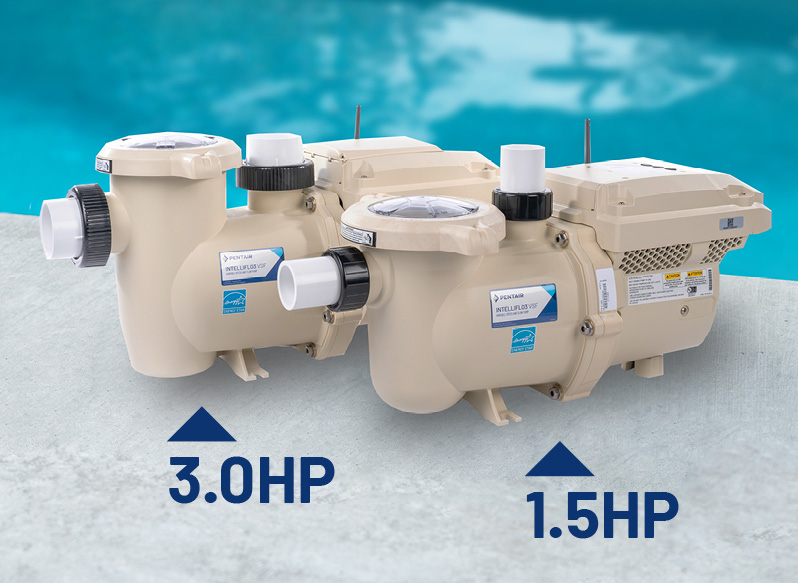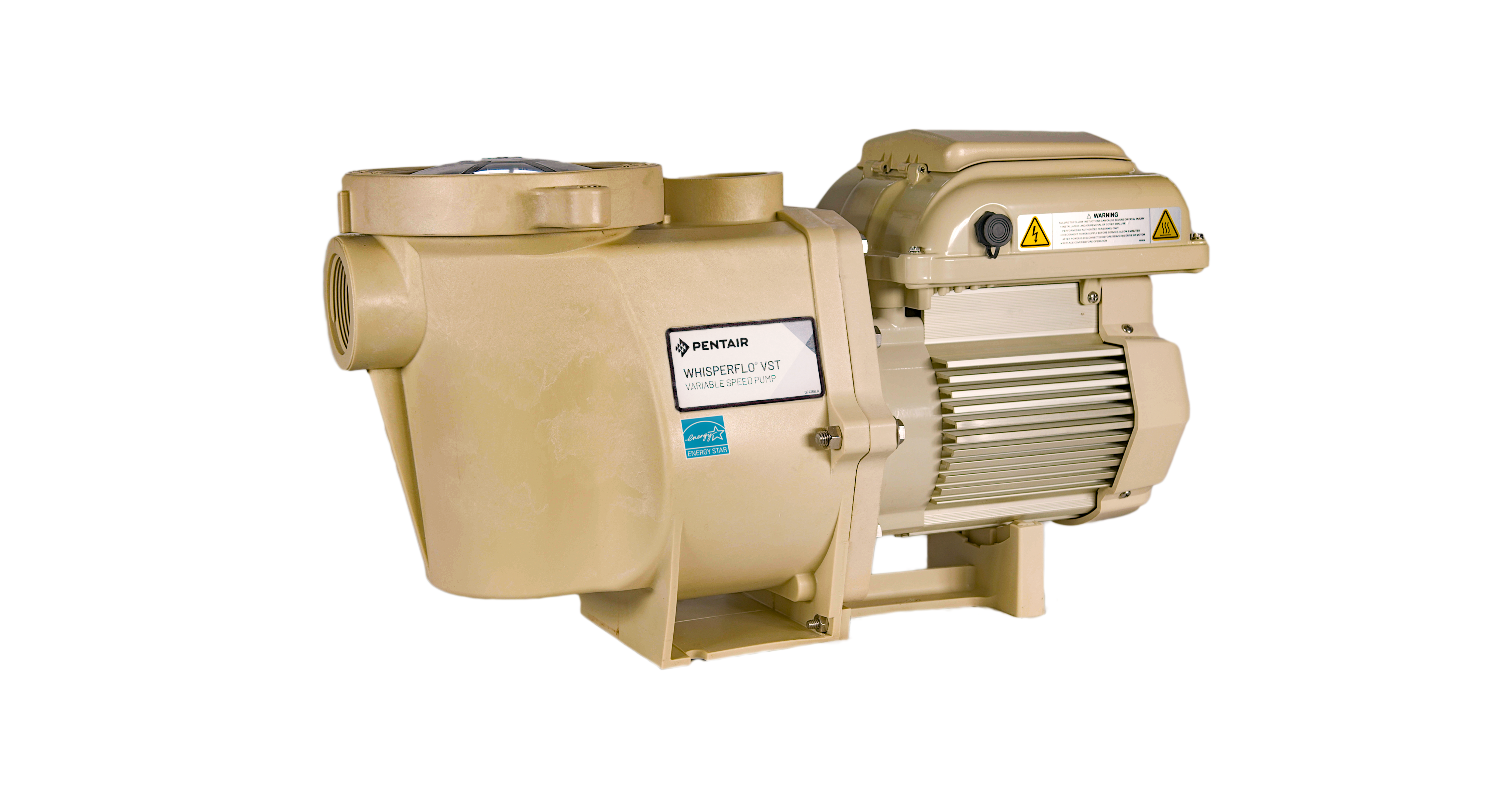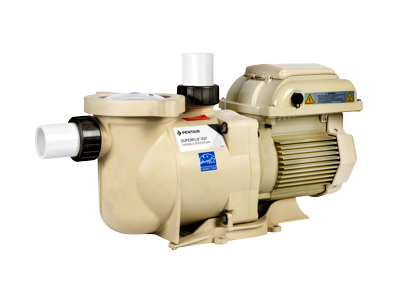- Pool & Spa
- Pool Education & Support
- Homeowner Support
- Calculators
- Pool Pump Savings Calculator
Calculate Your Savings
Estimate how much you can save on energy costs by switching to a variable speed pool pump using the calculator below.
This calculator is based on standardized Curve C performance data as supplied to the California Energy Commission per the Title 20 Appliance Efficiency Regulations. The calculator assumes that the variable speed pump will initially run on high speed for two hours and then run on low speed for the period of time it takes to turn over the water in the pool once in a 24-hour time period. However, the assumed initial run time at high speed may increase to ensure the water in the pool turns over at least once in a 24-hour time period. The pump’s actual performance and subsequent energy consumption is dependent upon various characteristics of the plumbing system, including but not limited to; pipe size, pipe lengths, filter type, fittings, and auxiliary equipment, etc.
What is a variable speed pool pump?
A variable speed pool pump allows you to control the pump over a wide range of RPM, unlike a single- or two-speed pool pump. Variable speed pumps are more energy efficient than conventional pool pumps, which leads to savings for you!
Benefits of buying a variable speed pool pump
A variable speed pool pump could save you up to 90%* on your energy costs compared to a conventional single- or two-speed pool pump. They are often quiet when running and many offer built-in programming features and better filtering capabilities. Variable speed pumps consume less power and pay for themselves over time; typically in 2 years or less. In addition, it can qualify you to receive public utility rebates. Plus, since July 2021, U.S. Department of Energy (DOE) minimum efficiency regulations made variable speed pool pumps the only option for most pools.
Try more pool calculators
Calculate pool volume, pool salinity and more.





